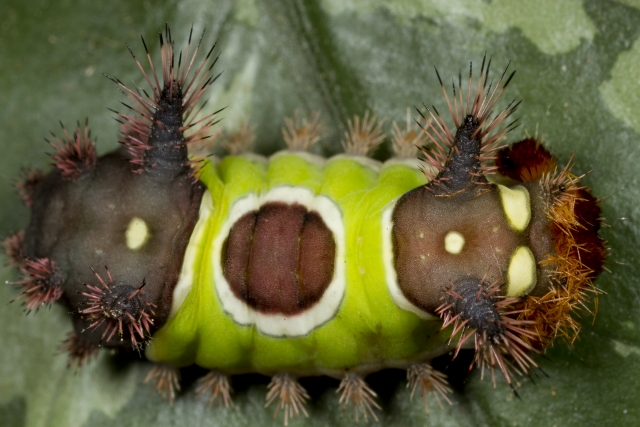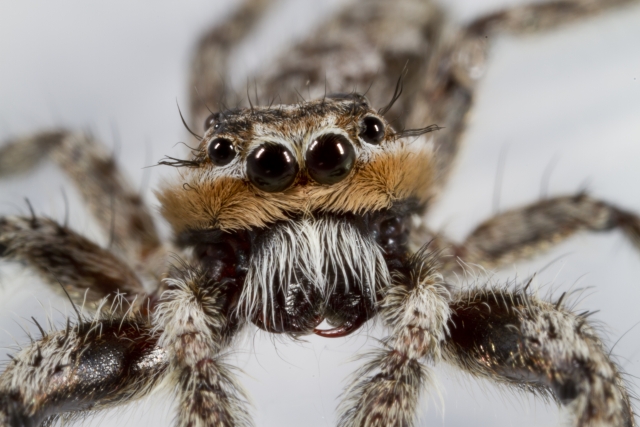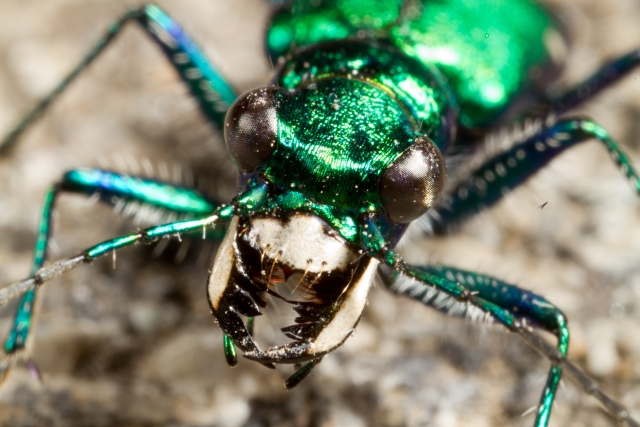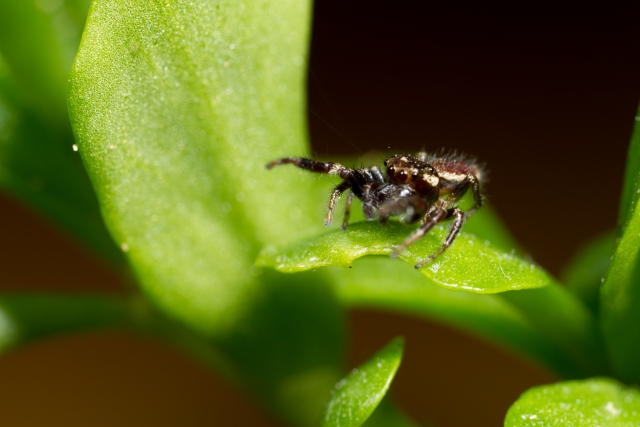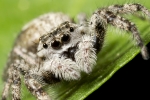supermacro
Saddleback Caterpillar (part 2)
ktuli — Sun, 09/14/2014 - 16:53
Here's some more angles of that saddleback caterpillar from yesterday - it really makes me think about nudibranchs... Hopefully I'll have some new nudibranch photos to share soon!
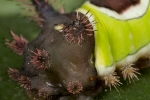 |
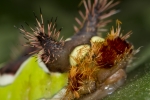 |
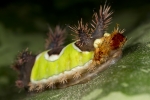 |
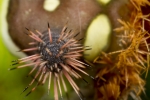 |
 |
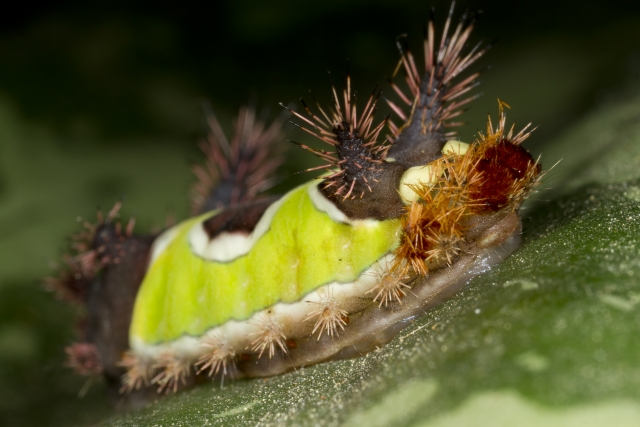 |
||||
Technical Data: Canon EOS 7D, Canon MP-E 65mm f/2.8 1-5x Macro, 1/250 sec at f/16. Canon Macro Twin Lite MT-24EX in ETTL mode. ISO 100. RAW processing in Adobe Camera Raw.
- Bill
Saddleback Caterpillar (part 1)
ktuli — Sat, 09/13/2014 - 09:09
So I just wanted to stop by real quick to share one photo of this crazy caterpillar I found recently. I was playing a round of disc golf at Moraine State Park when I spotted this guy on the chains on the disc golf basket. I tried futilely to take a photo with my crappy cell phone, and when that failed I resorted the only option I had available to me... I put it in am empty gummi fruit snack pouch that I happened to have in my disc golf bag (don't worry - I've since put a plastic container that I use as a specimen container in my bag for future occurrences since this wasn't the first time I'd wished I had something).
Anyway, after I got it home and did some research into what it was, I am glad that I didn't actually touch this thing. I know caterpillars with hairs like this can cause skin irritation, but this guy is apparently one of the highest ranked caterpillars in terms of medical significance. Here's an excerpt from the University of Florida's Entomology Department's webpage on this species...
Acharia stimulea is best known as a medically significant species. The large spines and potent hemolytic venom rank it as one of the most important North American species of urticating caterpillars, with larvae from the moth family Megalopygidae being the only lepidopterans considered more dangerous (Scott 1963, 1964; Durden and Mullen 2009; Hossler 2010). The spines of A. stimulea are strong, acutely pointed, and hollow. They embed deeply into tissue and break off, and can interrupt healing as the protoplasm from the venom glands dries into the tissue area (Gilmer 1925). The venom itself can cause a systemic condition called erucism or acute urticaria, for which severe symptoms may include migraines, gastrointestinal symptoms, asthma complications, anaphylactic shock, rupturing of erythrocytes, and hemorrhaging (USAF 1982, Hossler 2009).
So yeah - short story... Don't touch!!!
Technical Data: Canon EOS 7D, Canon MP-E 65mm f/2.8 1-5x Macro, 1/250 sec at f/16. Canon Macro Twin Lite MT-24EX in ETTL mode. ISO 100. RAW processing in Adobe Camera Raw.
I'll share a few more here soon, but I wanted to get this one posted because this thing is just so crazy I couldn't wait to share...
- Bill
Fangs for Stopping By!
ktuli — Tue, 09/09/2014 - 06:35
Hahah! I can't believe I haven't used that yet...
Technical Data: Canon EOS 7D, Canon MP-E 65mm f/2.8 1-5x Macro, 1/250 sec at f/16. Canon Macro Twin Lite MT-24EX in ETTL mode. ISO 100. RAW processing in Adobe Camera Raw.
- Bill
Playing Catch-up
ktuli — Tue, 07/08/2014 - 19:55
I don't seem to have much motivation to process photos these days, but I finally plowed my way through a huge stack of photos that have been sitting on memory cards waiting to be processed and uploaded. So since it has been almost a month since I've posted anything, I'll just share a big assortment today to get caught up. Perhaps I'll get out and collect some more photos here soon.
Just mouseover the thumbnails for the larger version to be displayed...
 |
 |
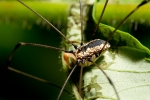 |
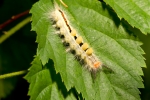 |
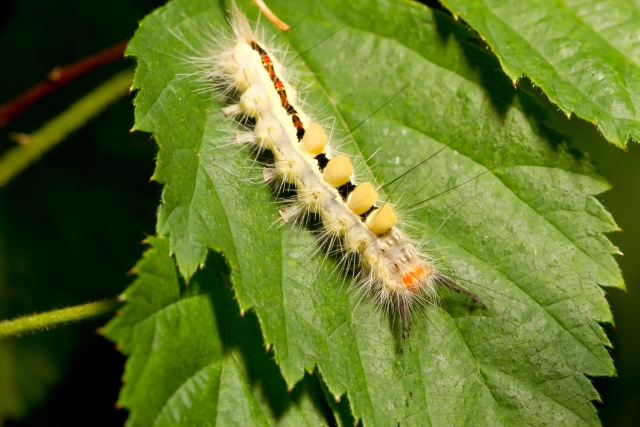 |
|||
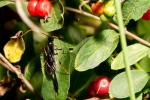 |
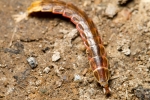 |
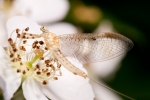 |
 |
And now for some vertical oriented photos:
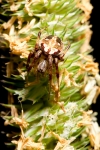 |
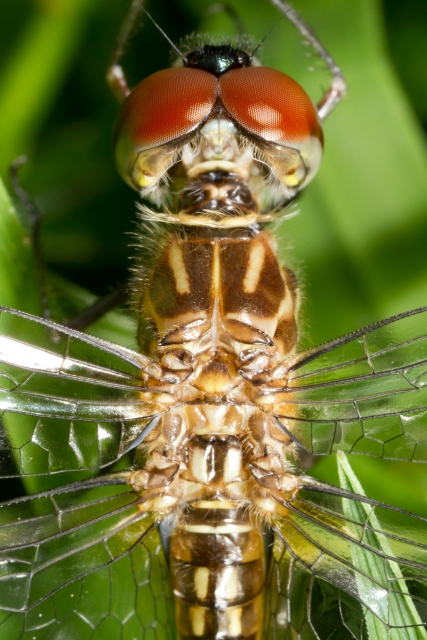 |
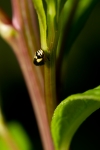 |
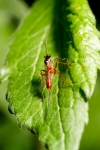 |
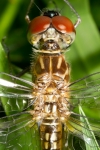 |
|
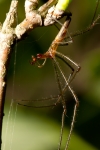 |
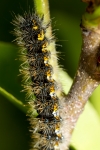 |
Thanks for viewing and hopefully I can get back to a more regular posting schedule here soon.
- Bill
Striped Lynx Spider
ktuli — Mon, 06/09/2014 - 07:10
Anya found this pretty little lynx spider for me the other day... Striped Lynx Spider (Oxyopes salticus). I've seen other lynx spiders before, but they usually are not very cooperative with the camera; this one gave me a good series of photos from different angles and magnifications.
 |
|||
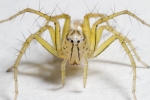 |
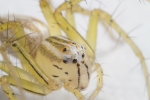 |
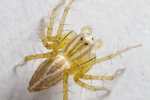 |
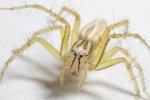 |
Technical Data: Canon EOS 7D, Canon MP-E 65mm f/2.8 1-5x Macro, 1/250 sec at f/16. Canon Macro Twin Lite MT-24EX in ETTL mode. ISO 100. RAW processing in Adobe Camera Raw.
Thanks for stopping by!
- Bill
Poll: Frog or Spider?
ktuli — Wed, 06/04/2014 - 21:06
Ok - I know you arachnophobes out there are going to hate this post as I put something super cute right next to something you probably think is disgusting, but I'm just so amazed by this that I have to share.
So spiders are obviously nothing new for me here, and to be honest if I was able to see them with more frequency, neither would frogs. I've always loved frogs, they fascinate me - when we owned the pet store, I had a field day buying and selling so many exotic species of frogs! I've seen some tiny frogs (breed poison dart frogs and you'll see TINY!), but I wasn't expecting what I found the other day when Anya and I took the dogs to the park for a walk.
Hopping across the path were these absolutely tiny frogs - so small that at first glance, I thought they were just crickets. However, upon further inspection I realized my error and was floored by how cute they were. We returned the next day with a couple collection containers so we could catch a few to bring home to photograph in a more controlled environment (and to not be in the way of other folks trying to use the path).
So where does the spider come in? Well, earlier in the day, Anya caught a jumping spider (a Phidippus audax... yeah, I know, I've gotten to the point where I actually know some of them by their scientific names by heart now) in our kitchen and trapped it in another one of the collection container.
Here are some photos of both the spider and the frogs at equal magnification...
 1x magnification |
 1x magnification |
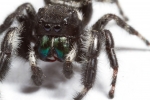 2x magnification |
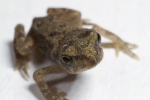 2x magnification |
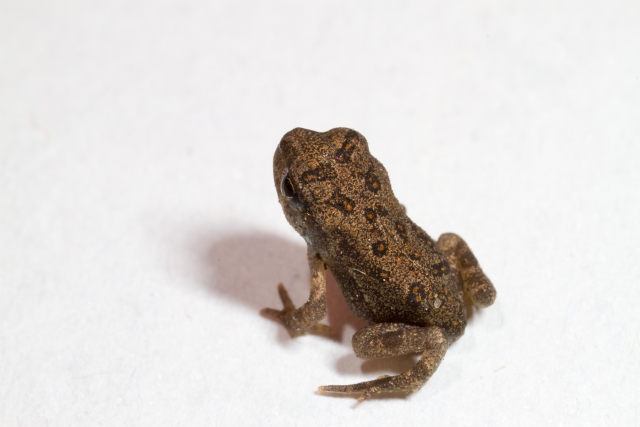 |
|||
Technical Data: Canon EOS 7D, Canon MP-E 65mm f/2.8 1-5x Macro, 1/250 sec at f/16. Canon Macro Twin Lite MT-24EX in ETTL mode. ISO 100. RAW processing in Adobe Camera Raw. (for all shots)
I know - your first reaction is going to be that these photos are just on different scales and it just appears to be that they are so close in size (honestly, I think the spider is actually a tiny bit bigger), but trust me - these are accurate depictions. In fact, the lens I was using will only focus at specific magnifications, it doesn't work any other day... so if I set it to 1:1 magnification, I can only take photos at 1:1 magnification.
So I have to ask... what is your reaction to this? Answer the poll below and let me know what you think!
- Bill
Six Spotted Tiger Beetle
ktuli — Wed, 05/21/2014 - 21:02
Ok - quick post tonight to share one of the more intimidating insect faces I've seen in a while... I present to you, the Six Spotted Tiger Beetle (Cicindela sexguttata).
Technical Data: Canon EOS 7D, Canon MP-E 65mm f/2.8 1-5x Macro, 1/250 sec at f/16. Canon Macro Twin Lite MT-24EX in ETTL mode. ISO 100. RAW processing in Adobe Camera Raw.
Thanks for stopping by!
- Bill
Pre-Flight Checks
ktuli — Wed, 04/16/2014 - 07:53
Back to the macro lens for today with a tiny jumping spider about to make a death defying leap...
Technical Data: Canon EOS 7D, Canon MP-E 65mm f/2.8 1-5x Macro, 1/100 sec at f/8. Canon Macro Twin Lite MT-24EX in ETTL mode. ISO 100. RAW processing in Adobe Camera Raw.
Hopefully all the spiders and some of the bugs (not mosquitoes and ticks and such) found somewhere warm to bunker down through this stupid last bit of really cold weather we got.
- Bill
Pseudoscorpion (part 2)
ktuli — Fri, 01/24/2014 - 10:45
Ok - a couple more angles of that pseudoscorpion...
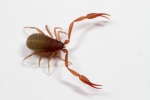 |
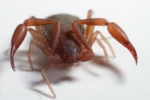 |
 |
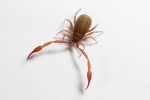 |
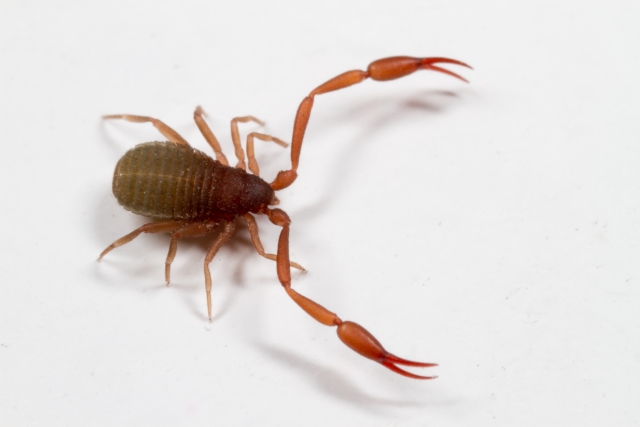 | |||
Technical Data: Canon EOS 7D, Canon MP-E 65mm f/2.8 1-5x Macro, 1/200 sec at f/16. Canon Macro Twin Lite MT-24EX in ETTL mode. ISO 100. RAW processing in Adobe Camera Raw.
- Bill
Pseudoscorpion
ktuli — Tue, 01/21/2014 - 20:34
Believe it or not, this thing is real...
Anya found this on one of our walls, and a quick google search later, turned up that it is called a pseudoscorpion. Like it's namesake, it is in the arachnid family, but obviously is missing the stinger. It is very small, only a few millimeters long. I have a few more shots, but for now I have an episode of Sherlock to watch.
Technical Data: Canon EOS 7D, Canon MP-E 65mm f/2.8 1-5x Macro, 1/200 sec at f/16. Canon Macro Twin Lite MT-24EX in ETTL mode. ISO 100. RAW processing in Adobe Camera Raw.
Stay tuned.
- Bill

